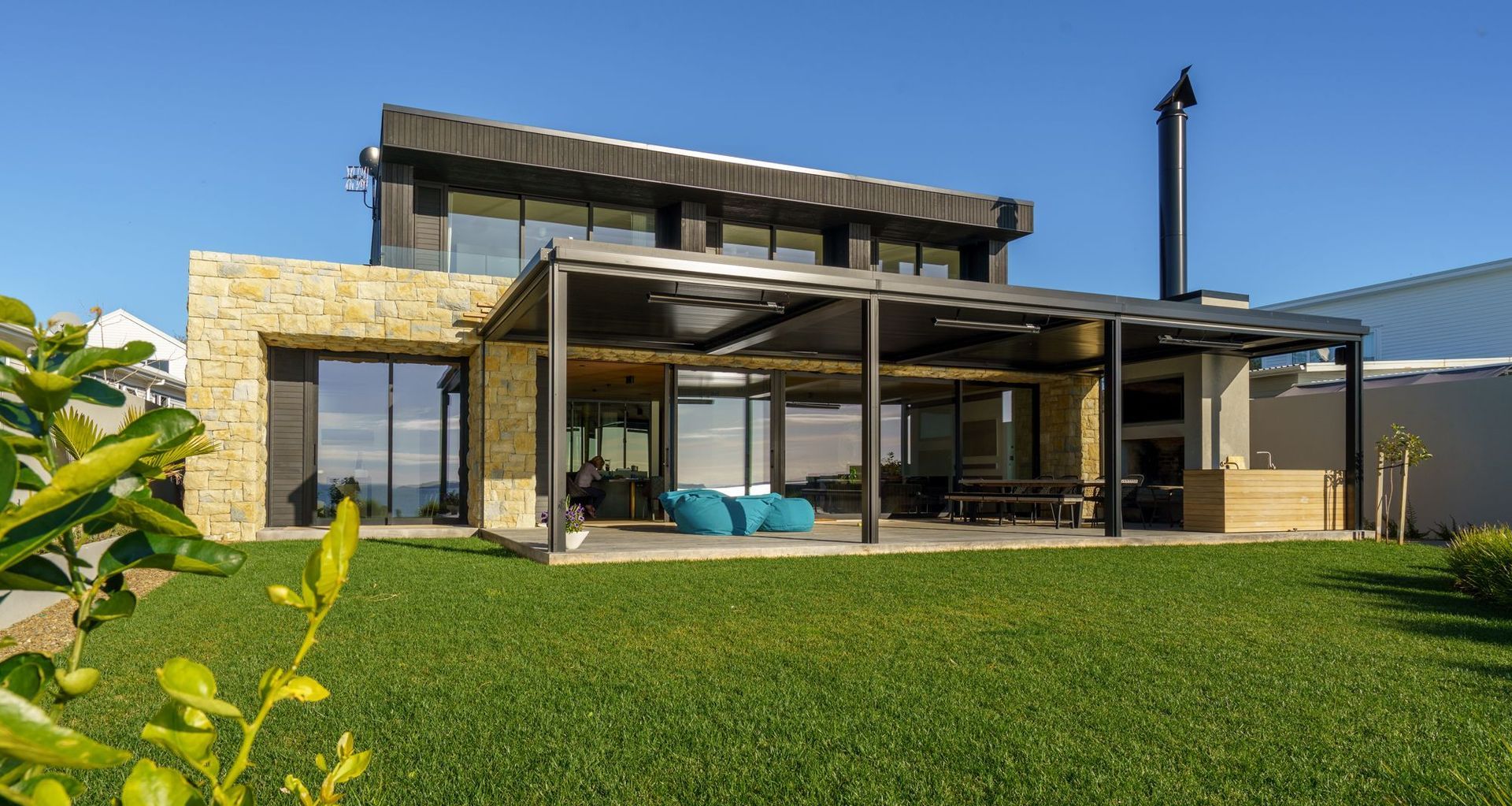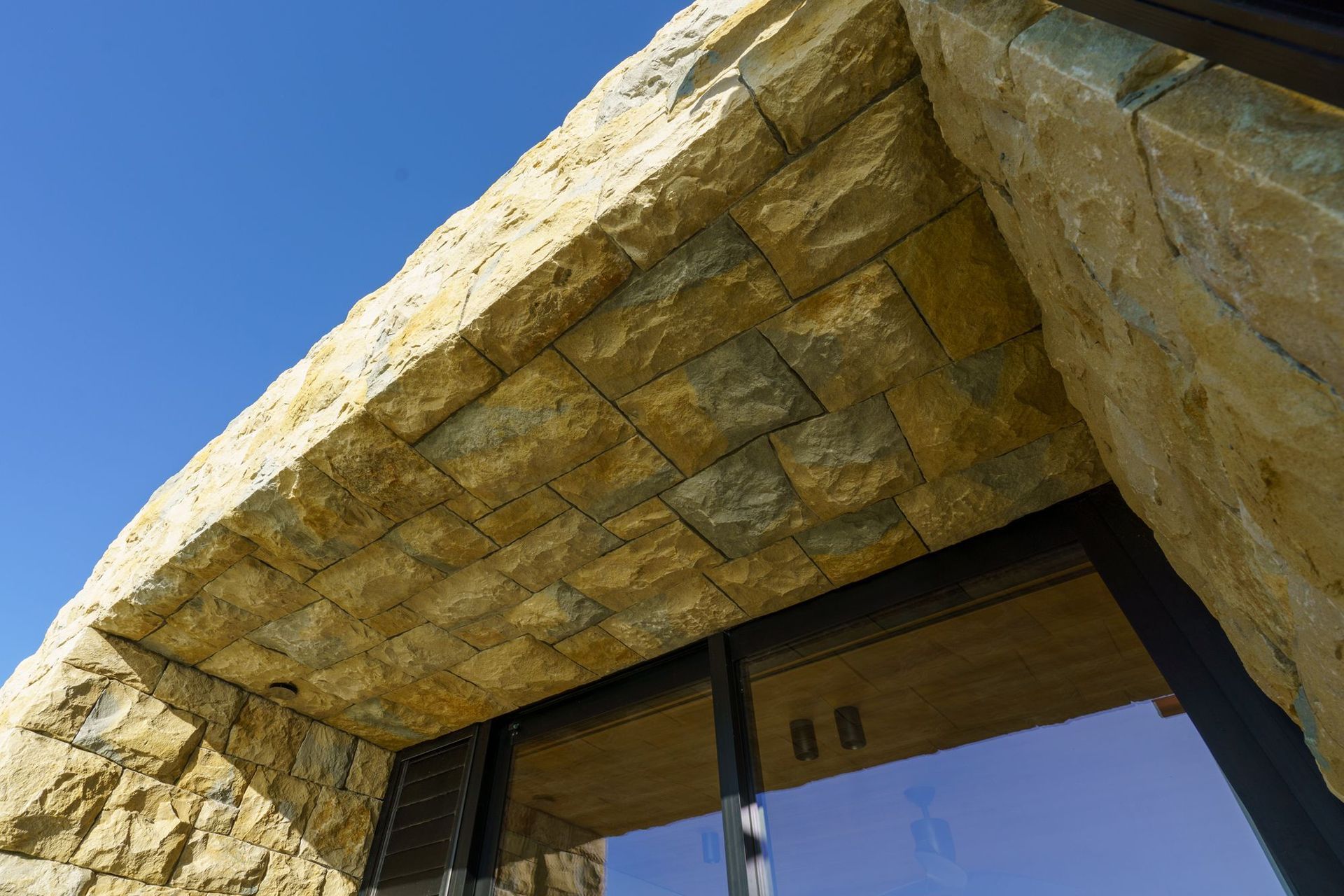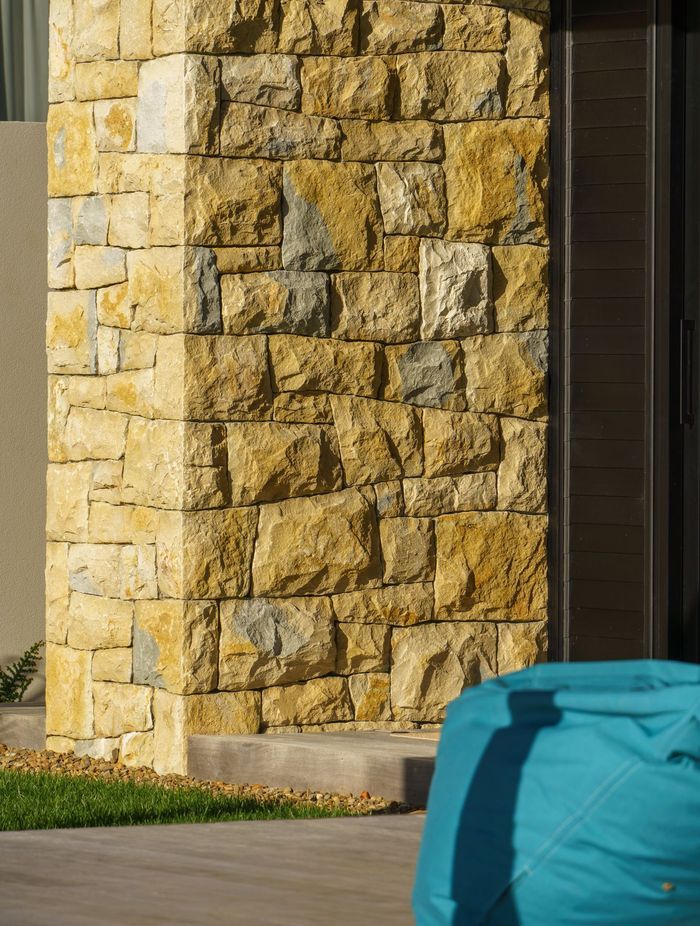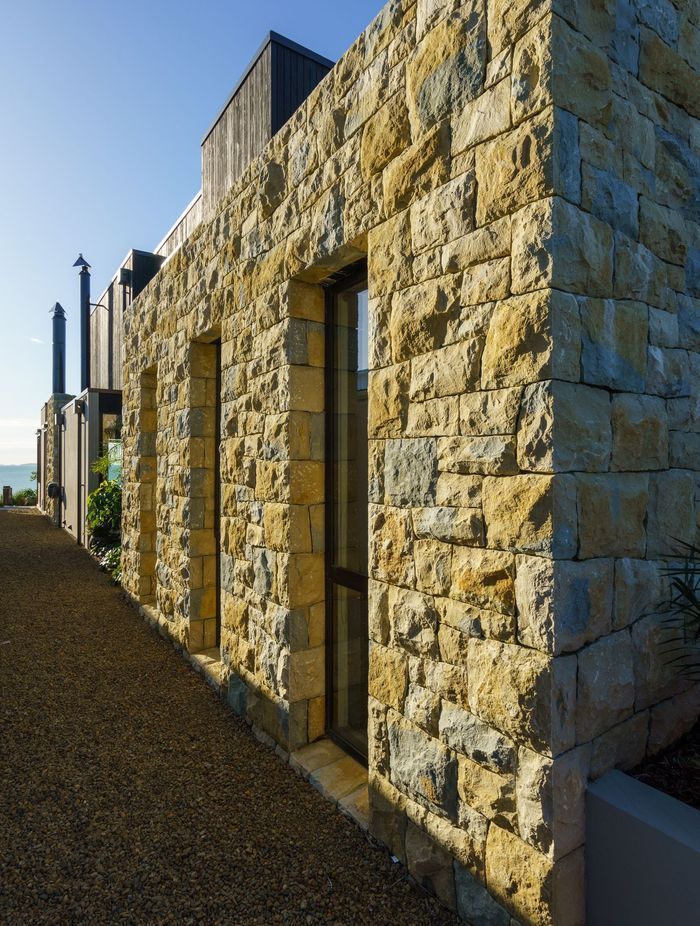Perfectly imperfect: a seaside masterclass in stonemasonry

When it comes to stonemasonry, Len Lavas is a purist at heart.
He and the stonemasons under his employ at Auckland Stonemasons are traditional in their approach. Instead of using mechanical grinders to cut stone down to the right sizes, they use a hammer and chisel – not only for its increased precision, but also its efficiency.
“A lot of the old ways of cutting stone is actually faster,” says Len, a master stonemason who is the director of Auckland Stonemasons. “It gives you more precision – but equally important is the fact that if my stonemasons use the grinder all the time, they’ll lose their trade and they won’t be effective stonemasons anymore.”
He says it’s also very easy to cut too much off with a mechanical grinder – and this happens all too often if stonemasons and architects aren’t aligned on how stone exteriors will factor into the wider design of residential projects. The solution is simple, Len says: architects should always consult with stonemasons before they begin the design phase.
This is absolutely crucial, he says – for example, the architect and stonemason must both be clear on exactly how much space there is between an exterior corner and a window. If not enough space is allotted, the stone would need to be whittled down to fit into the space, lowering its durability.
Fortunately, this is the scenario that played out in the company’s latest project, a recently completed home in Beachlands. The brief called for a modern mix of Te Kuiti limestone cladding for the ground level, and timber cladding for the upper level – a combination that provided not only an fascinating juxtapostion but also an opportunity for Auckland Stonemasons to show their prowess at working with accommodating outside materials into their stonework.

“I sat down with the architect, Evelyn McNamara, for hours going over all the details,” says Len. “Most of it was pretty standard, stuff we’d done before – we’ve done a lot of work with Te Kuiti limestone. But there was a tricky thing in the brief that took a lot of time and effort to work out: the soffits.”
The nature of soffits make them not particularly receptive to the installation of extremely heavy, thick-cut limestone. It’s not easy to hang such a heavy material on soffits, Len says, but they needed to find a way to make it work for this project.
“There’s a few tonnes hanging off that ceiling, so we needed to make sure we did this right,” he says. “One of the top stonemasons in my team came up with the solution to create a kind of shiplap system with each block of stone. Each block was cut in a way where it would slightly overlap with the adjacent stone, holding it up. Each stone also has two stainless steel ties bolted into them, which connect with adjacent blocks as well.
“So we took a concept commonly applied to timber cladding and adjusted it for use in stonemasonry – and it worked.”

There was also the matter of ensuring the limestone integrated with the aluminium flashings and the louvre system on the deck. This was relatively straightforward, Len says – all the stonemasons needed to do was install flashings which extended through the stone back to the steel frame. “This ensured that when the louvre was eventually installed, there would be no issues. Again, this would have become a huge problem if we hadn’t consulted with the architect first.”
The client was clear in their desire: in addition to wanting the stone to continue from the wall cladding to the soffits, they also wanted the stone to be imperfect and slightly random, prioritising curves with no sharp angles.
“I think this makes the stonework look better in almost every case,” says Len. “Curves look softer, and it also creates a bit of overhang, which in turn creates nice shadows on the surface of the stone.
“I always say: to have perfect stone cladding, you’ve got to be imperfect in your approach. Otherwise it just looks like wallpaper.”
Learn more about Auckland Stonemasons and its recent projects.


